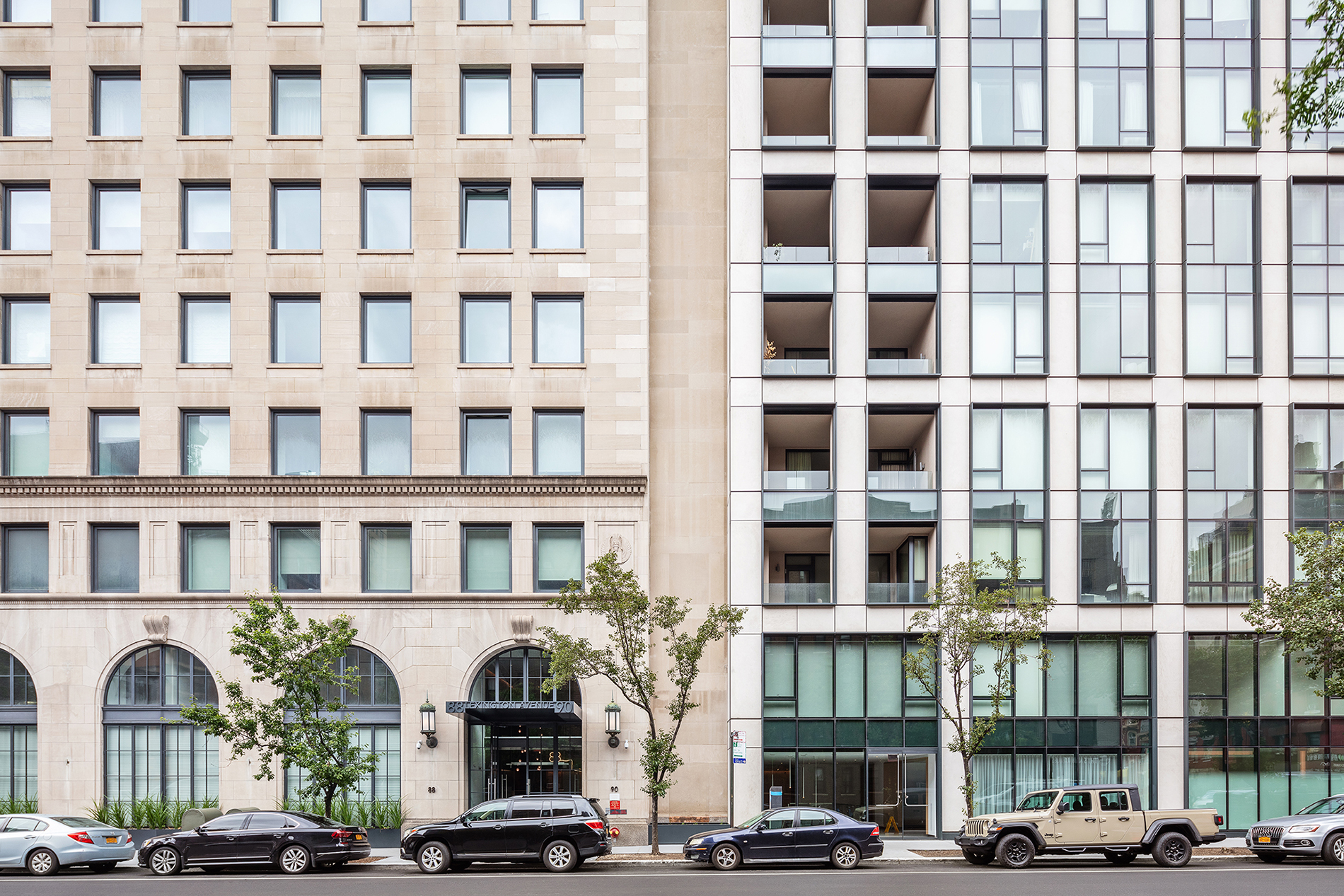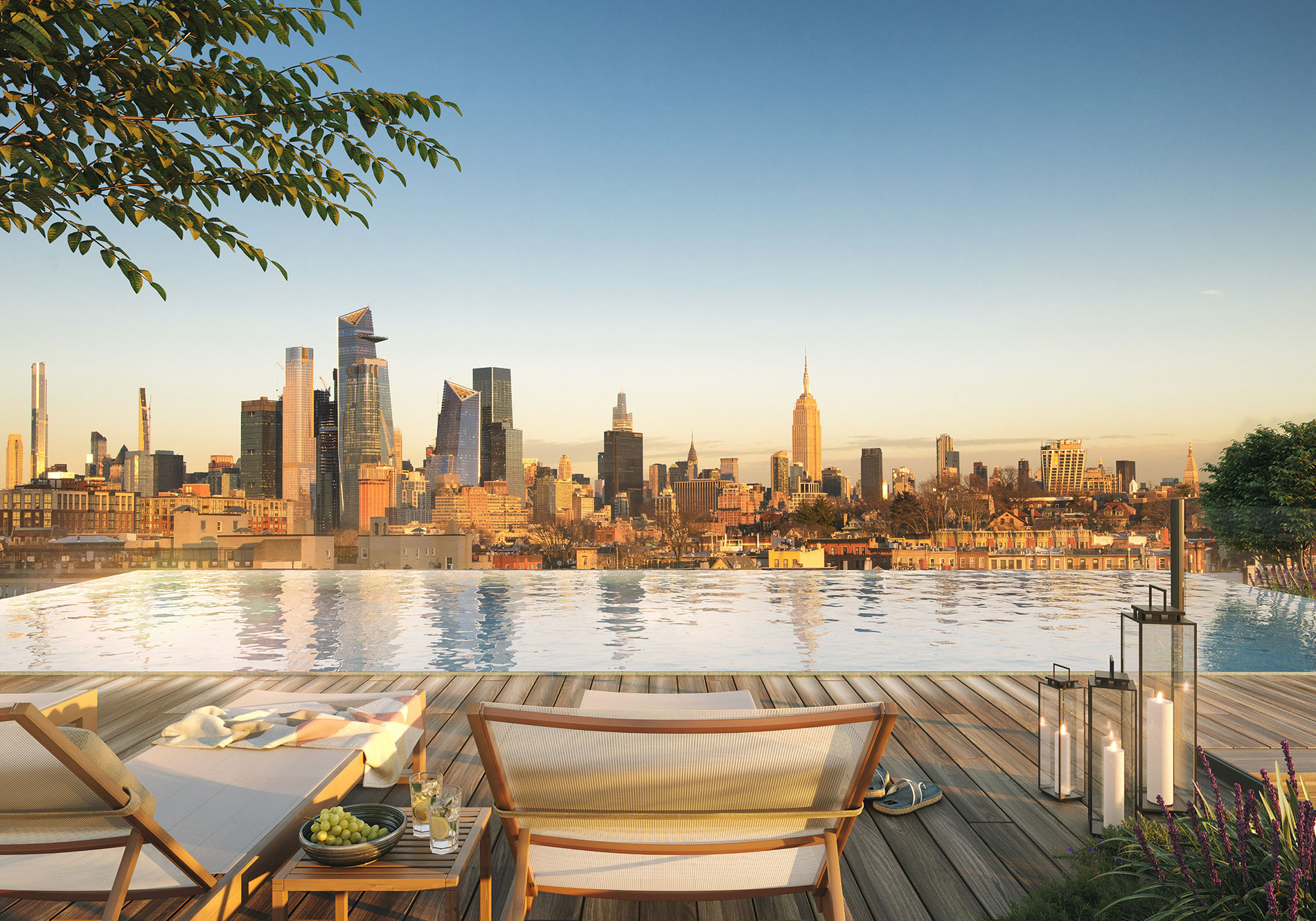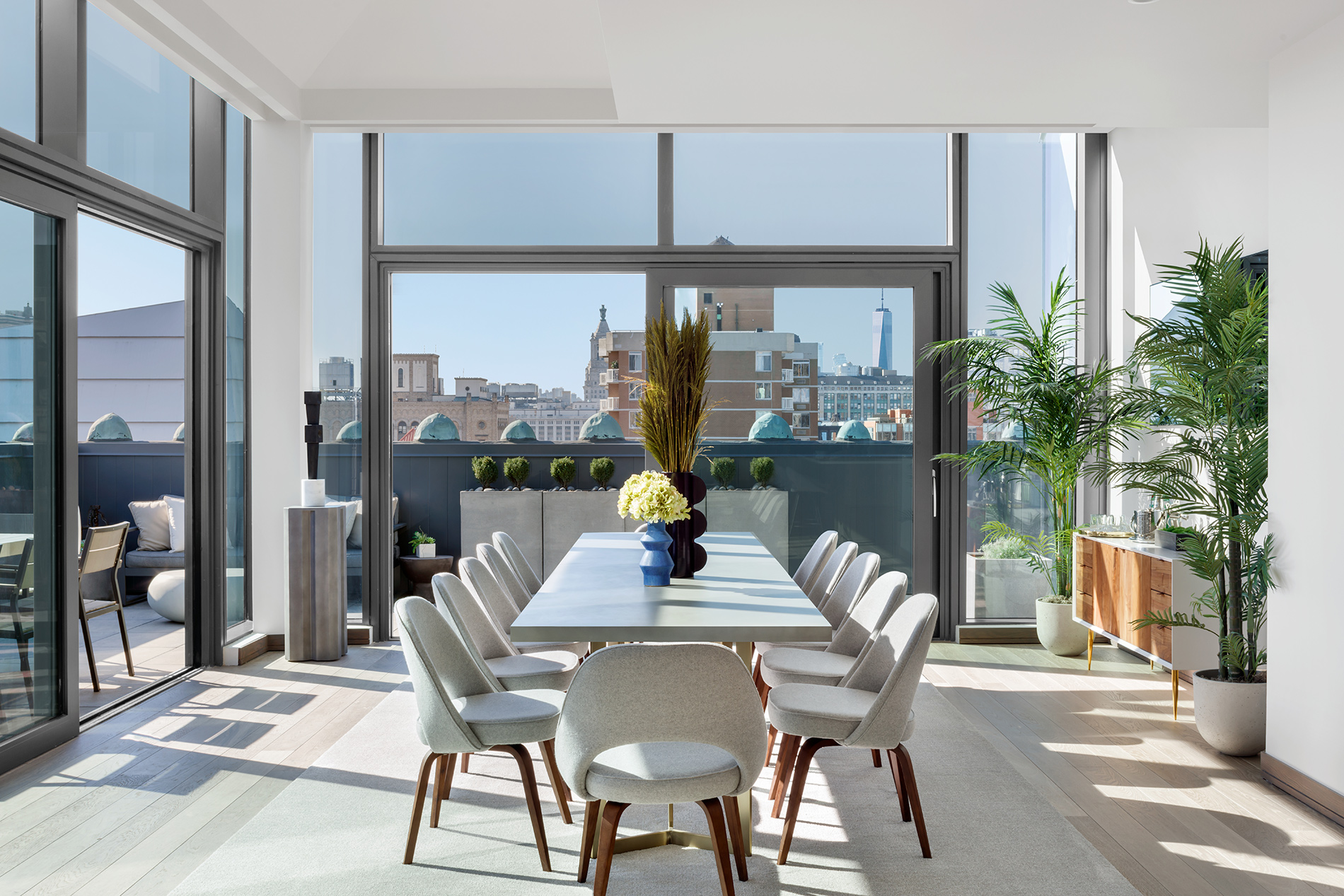
Taking the Floor: Conversion Experts
Many years in residential design primed Workshop/APD to apply our approach to large scale multi-family developments in New York City. Over the last decade, adaptive reuse has become a kind of specialty for our firm; a way to unify the past, present, and future through the use of space. A few of our most iconic development projects – The Printing House, 88 & 90 Lex, and Wonder Lofts – required extensive reprogramming to convert three different types of buildings into viable condominiums fit for elevated city living.

The buildings at 88 & 90 Lexington Ave were once home to the offices of Blue Cross Blue Shield, and were later reinvented for residential use. Office conversions lend themselves to deep floorplates, which meant our designers had to find opportunities to filter natural light through open plans for both practical and aesthetic reasons, not to mention compliance with light & air codes Designers then utilized the ancillary square footage to program components such as large living rooms, walk-in closets and office space- essentially any room that doesn’t require a window. Larger secondary spaces are one key advantage that reuse projects have over new buildings.
90 Lex, the postwar counterpart to 88 Lex, features terraced balconies on floors three through ten. The balconies predate the project and were initially enveloped in concrete, which ultimately proved dark and uninviting to residents and guests. It was only through a façade redesign that the balconies became an essential feature. The thoughtful redesign of one element – the façade – activated and revitalized another – the balconies.
In addition to the new façade, new glazed curtain walls featuring sliding doors were added to the balconies to bring natural light further into the residences. Combined, these updates created a unique jewel-box-like outdoor space that few New Yorkers have the opportunity to call their own.
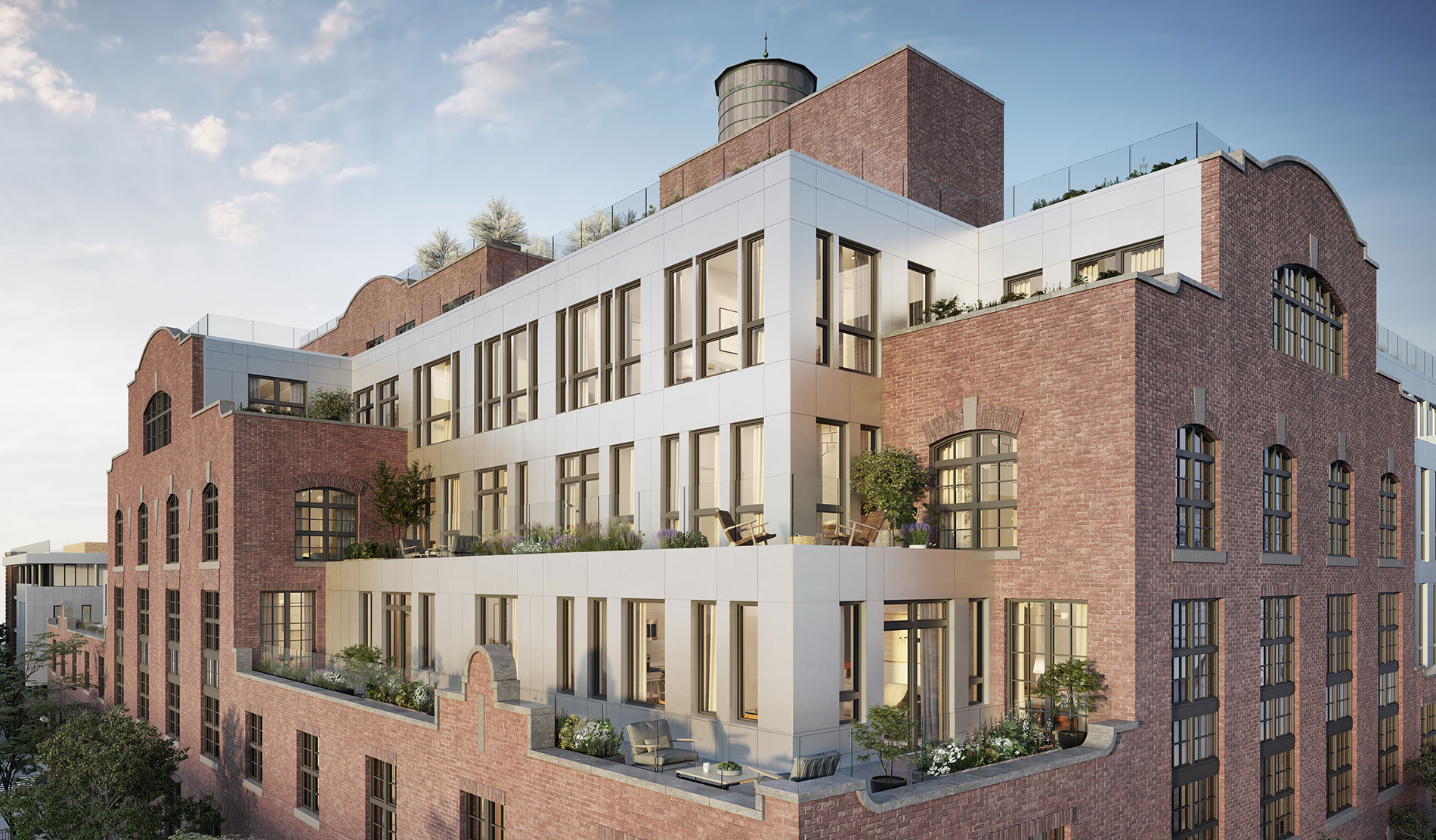
Charged with reimagining the 1865 Wonder Bread Factory for modern luxury living, the Workshop/APD team chose to celebrate the historic structure’s original materials, soaring ceiling heights and abundant natural light throughout the residential development. A wonderful example of adaptive reuse, the integration of the building’s original shell ensured a wide range of unique layouts, with no two apartments exactly the same.
The team had to get creative to devise the most functional and practical solutions for living within a former factory space. On the building’s upper levels, existing conditions meant that each unit would be a unique cluster of rooms, some duplexes, each with ample natural light and air.
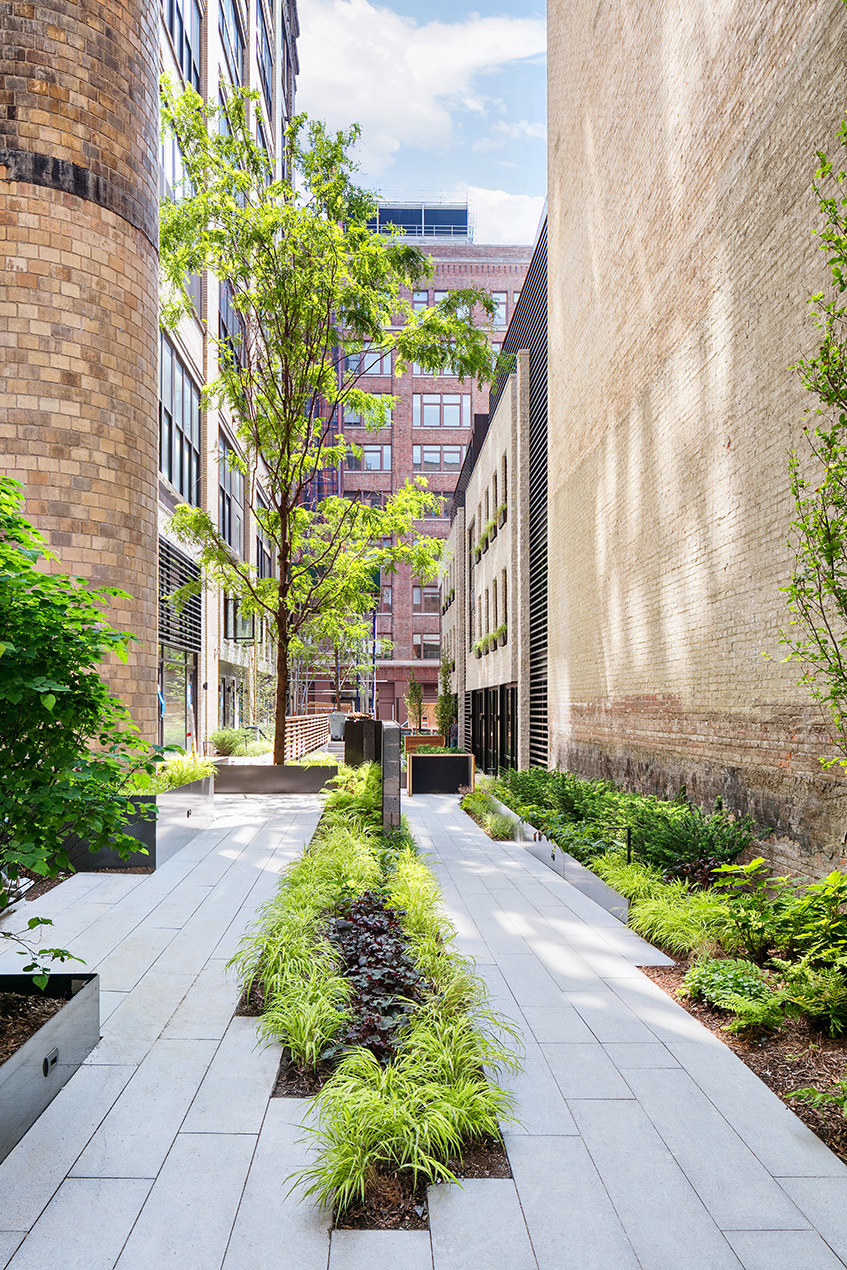
Originally renovated in 1987, The Printing House was made up entirely of one-bedroom residences. Workshop/APD took 100 of those original duplexes and reconfigured them to create 60 exceptional and spacious one-, two-, three-, and four-bedroom homes – each individually considered.
No two homes are exactly alike, giving them the feeling and attention-to-detail quality of a custom residence. Each has been infused with an industrial luxury that complements the grand scale of the building, bringing it into the 21st century while honoring their history.
Each of the loft-like residences has a dramatic double-height living room with nine-foot-tall windows that span the length of each home, imbuing the space with abundant amounts of light. Overlooking the living room is a second level, with custom-designed privacy screens that open and close to create a flexible living space.
To foster a greater sense of community, Workshop/APD collaborated alongside innovative landscape architects to develop The Mews – a pedestrian thoroughfare amidst the development containing private entrances to the maisonettes and townhouses. Mimicking the quaint feel of a traditional West Village Street, The Mews created a public gathering space for residents to informally interact in a way not available in most New York City apartment buildings.


